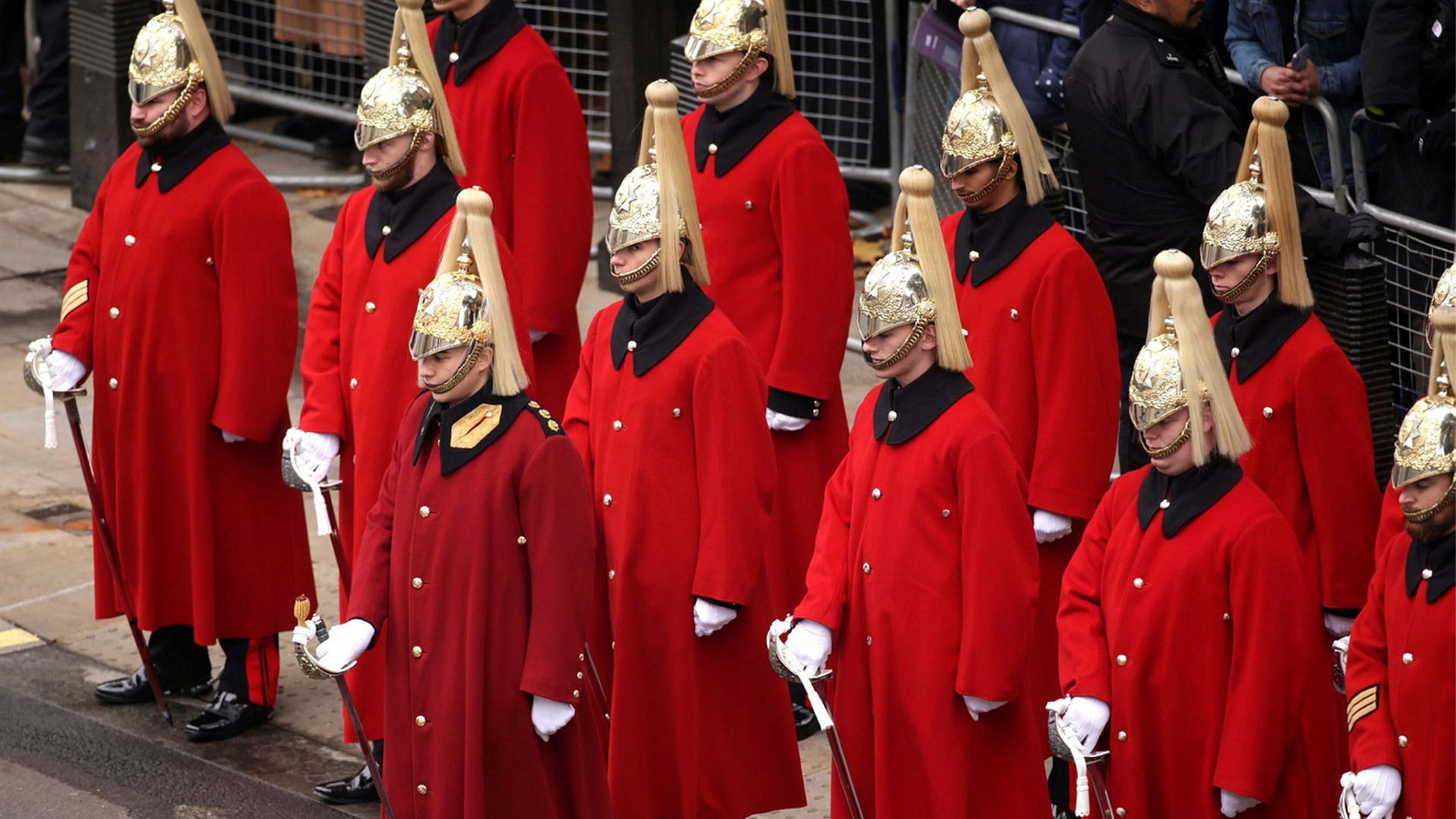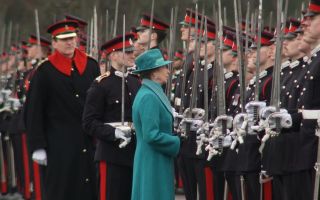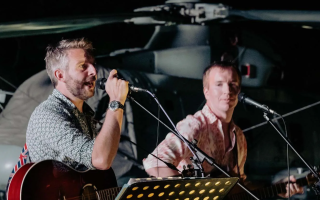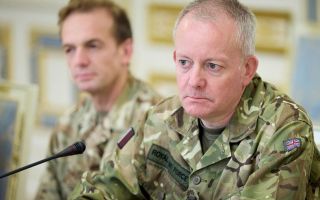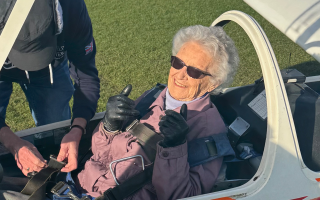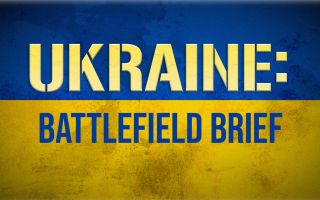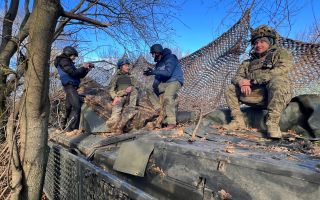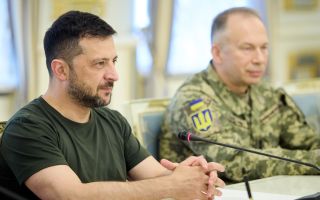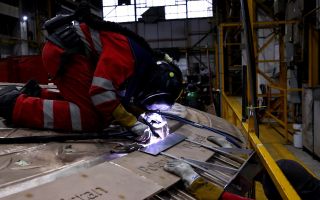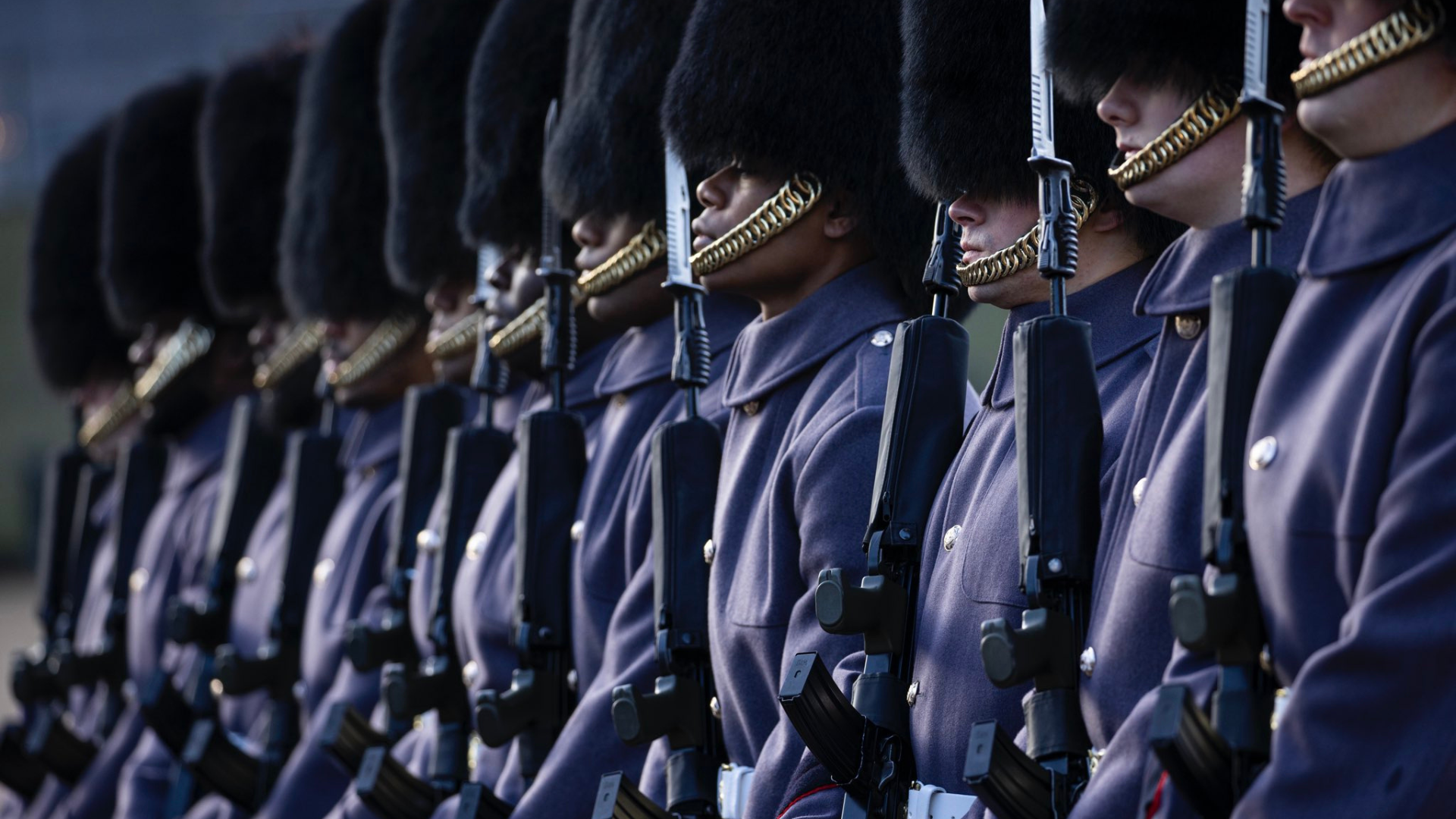
British Army's ceremonial troops swap scarlet for grey in historic style as winter looms

As the nights grow colder and the days shorter, members of the Foot Guards and Household Cavalry undertaking ceremonial duties have prepared for the seasonal shift.
Marking the annual transition from British Summer Time to Greenwich Mean Time, the soldiers have exchanged their iconic scarlet tunics for the heavy woollen Athol grey livery in perfect synchronicity.
Greatcoats have been a staple of military dress since the Napoleonic era – an enduring symbol of British Army tradition, designed to help soldiers withstand the harsh winter months.
Once standard issue for frontline British soldiers up until the 1950s, the greatcoat was deemed impractical for modern combat and was replaced by more practical, specialised winter gear like parkas.
Today, it remains a mark of tradition, worn exclusively on ceremonial duties.
Soldiers will wear a single-breasted greatcoat, while officers and warrant officers wear a double-breasted version.
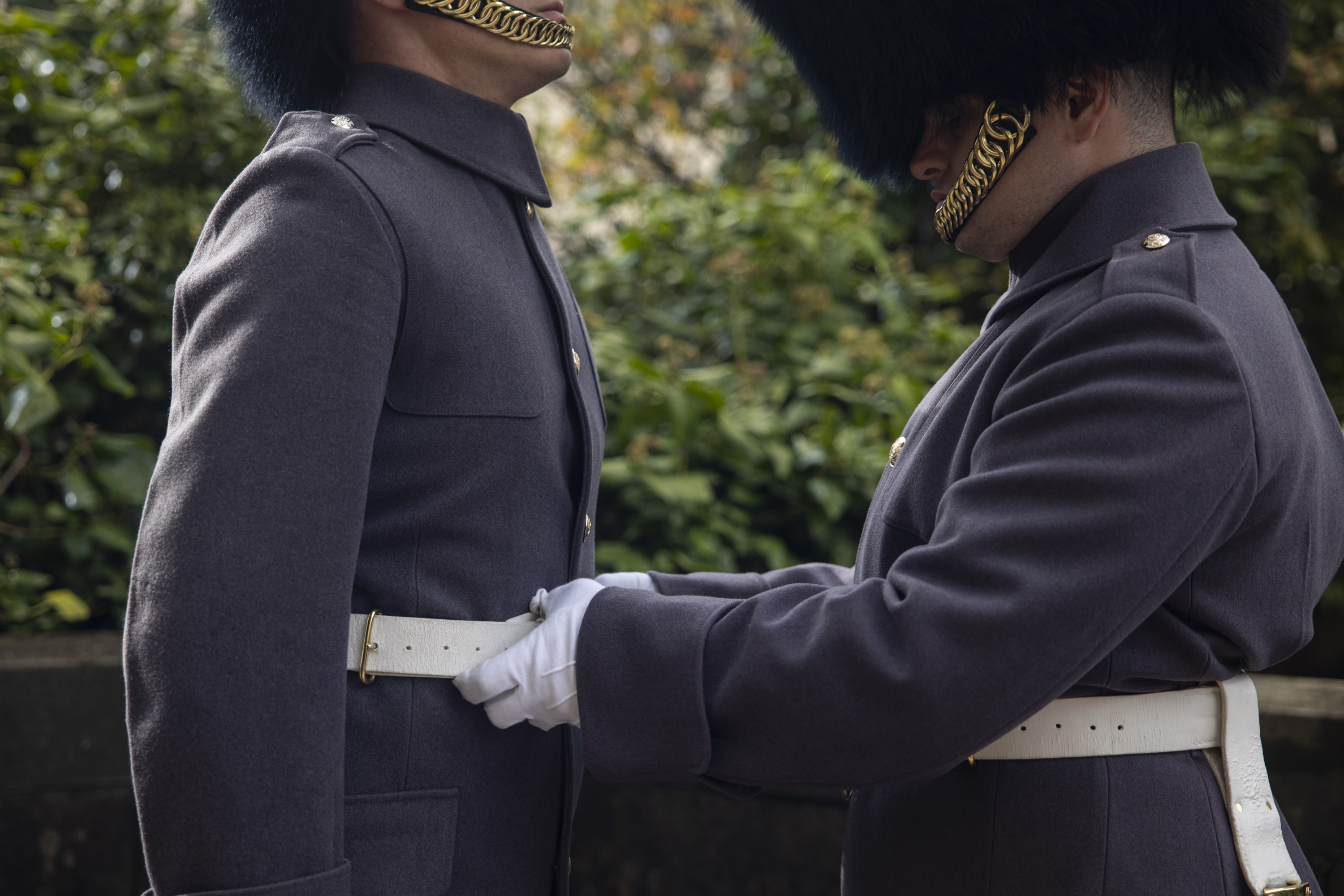
From cuirass to cloak
As the seasons change, the Household Cavalry Mounted Regiment exchanges its silver cuirasses (breastplates) – whose mirror polish previously flashed brilliantly in the summer sun – for thick woollen cloaks, albeit with a splash of colour.
The garments, red cloaks for the Life Guards and dark blue for the Blues and Royals, offer protection for both horse and rider against the bitter winter chill.
These cloaks have shielded soldiers against foul weather for thousands of years, and historically, would have doubled up as a blanket for sleeping in.
Personnel will change back to tunics and cuirasses after the clocks go forward again in March.
